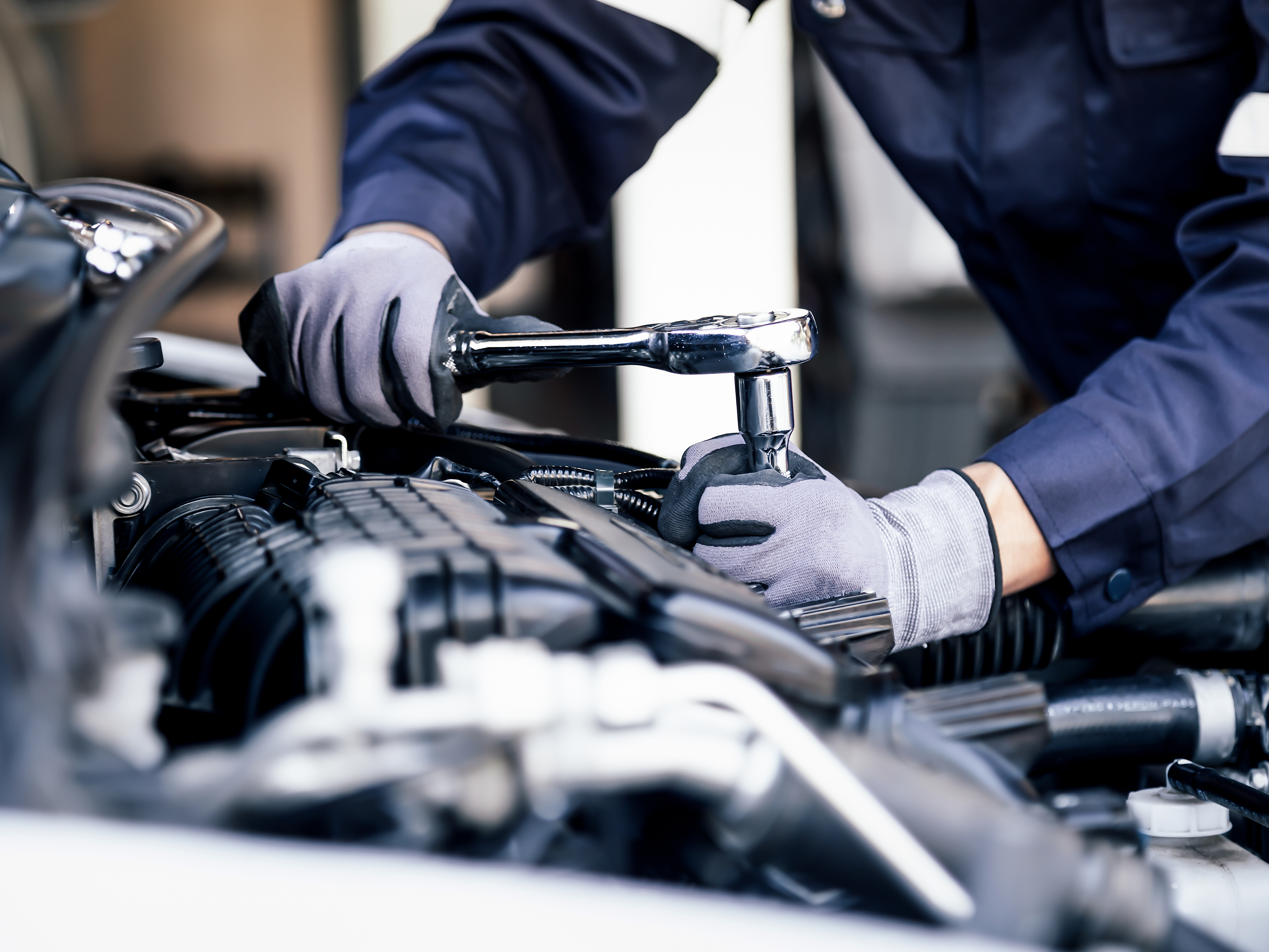Unlocking Hidden Costs: poor driving management is draining your resources
Uncover the hidden costs of poor driving management and find out how to reduce insurance and repair expenses while improving overall fleet safety and efficiency.
By Geotab Team
Oct 12, 2023

Poor driving can put your drivers and other road users at risk, and it can also cost your organisation huge amounts of money - but often in ways you may not realise.
Direct Financial Impact: Fleet Insurance and Repairs
The most obvious costs are fleet insurance and repairs arising from unnecessary vehicle damage, whether that be serious collisions or just avoidable parking scrapes. Even simple repairs such as replacing a broken mirror can cost hundreds of pounds each since many now have remote control adjustment, blind spot monitors and side repeater indicators built in. A business with a claims history can easily pay three, four, or even five times the amount for insurance compared to a well-managed fleet with a good track record. If you haven’t claimed on your insurance, you might still be paying for the damage in other ways, such as end-of-term penalty chargebacks from your leasing company that can prove very expensive. Also, if you buy vehicles outright, then the reduced resale value of a poorly maintained vehicle means more money is needed for a replacement.
Hidden Financial Strains
There are many hidden costs that are also involved such as the increase in admin and management time sorting out claims and repairs, right up to staff absence and vehicle off-road time if the incident was more serious. Operational costs such as fuel, tyres, routine service and maintenance, insurance and damage repairs are often simply seen as the cost of doing business. Yet, they can be significantly higher than they need to be when drivers and vehicles aren’t being managed properly.
How management and
The relationship between poor driving, management, and data analysis
Poorly managed drivers will often be prone to poor driving standards, which means they’ll often accelerate or brake more harshly, speeding and driving too close to the vehicle in front to keep up with their schedule. This naturally results in greater wear and tear on the vehicle and a higher chance of a collision. Higher than average fuel use, tyre spend, maintenance costs and damage repair costs are all reasonably good indicators of poor management, but they highlight an excellent opportunity for improvement. Not to mention, unnecessarily high fuel use can also have a detrimental effect on your environmental impact.
Measuring and monitoring data is the key to improving the performance of your fleet and ensuring that costs are controlled effectively. Analysing the detail behind the data will highlight the areas to focus on where behaviour is impacting costs and acting promptly on the results will start to deliver improvements.
The performance and efficiency benefits of doing it well include:
- Reduced insurance and repair costs
- Reduced maintenance and operational costs
- Reduced fuel use and environmental impact
- Less drain on management and admin time
- Less business disruption from vehicles being off the road
If you aren’t measuring or monitoring, then you aren’t managing – it’s as simple as that.
If you’d like to learn more about what you and your organisation should be doing and whether you have any gaps in your driver risk management, join our free programme at www.drivingforbetterbusiness.com. We have a wealth of free online tools and resources to help you understand where your priorities should be to reduce risk, control costs and improve efficiency.
Subscribe to the Geotab Blog
The Geotab Team write about company news.
Table of contents
Subscribe to the Geotab Blog
Related posts

What Is fleet management? A complete guide for fleet managers
June 13, 2025
5 minute read
.png)

Minimizing downtimes in the LRM segment thanks to predictive maintenance
May 1, 2025
4 minute read

.jpeg)

Strategic Implementation of Telematics for Optimising Last-Mile Delivery Operations
April 1, 2025
2 minute read
